It is not easy to reverse climate change, as it requires combined efforts of governments and individuals. However, we can still reduce its impact by slowly changing our habits. One method of doing so is to adopt a zero-waste lifestyle. But what does zero-waste mean? And how to start zero-waste?
Let’s find out in this article.
Is Zero Waste Possible?
The zero-waste movement is a lifestyle that aims to reduce the amount of waste a person creates. The ultimate goal of this is to minimize the amount of waste sent to landfills. It is impossible to go perfectly zero-waste, but there are plenty of ways to drastically reduce the amount of waste we produce. You can start implementing this lifestyle with relative ease by following the 3Rs (Reduce, Reuse, Recycle).
However, adopting this lifestyle is easy, but committing and maintaining it is the real challenge, as you have to rewire your habits and wasteful behaviors. Many people have found success in taking small steps and gradually building up good habits, or connecting with like-minded people to help them manage and maintain a zero-waste lifestyle better.
Why Should I Go Zero Waste?
Zero-waste is an eco-friendly lifestyle that aims to reduce our carbon footprint and make a positive impact on the environment. But zero-waste is more than that.
By implementing a mindful lifestyle, you can also save money spent on unwanted goods and promote a healthier lifestyle by prolonging the life of many reusable materials and taking better advantage of our finite resources.
How To Start Zero Waste?
If you are just starting out, zero waste is a big shift in lifestyle and can be overwhelming at first. Therefore, by taking one small step at a time, you can slowly build up a healthy lifestyle that can benefit your health, budget, and the planet.
And by making these small changes, you are also supporting the theme of World Habitat Day for a better life.
1. Buy In Bulk
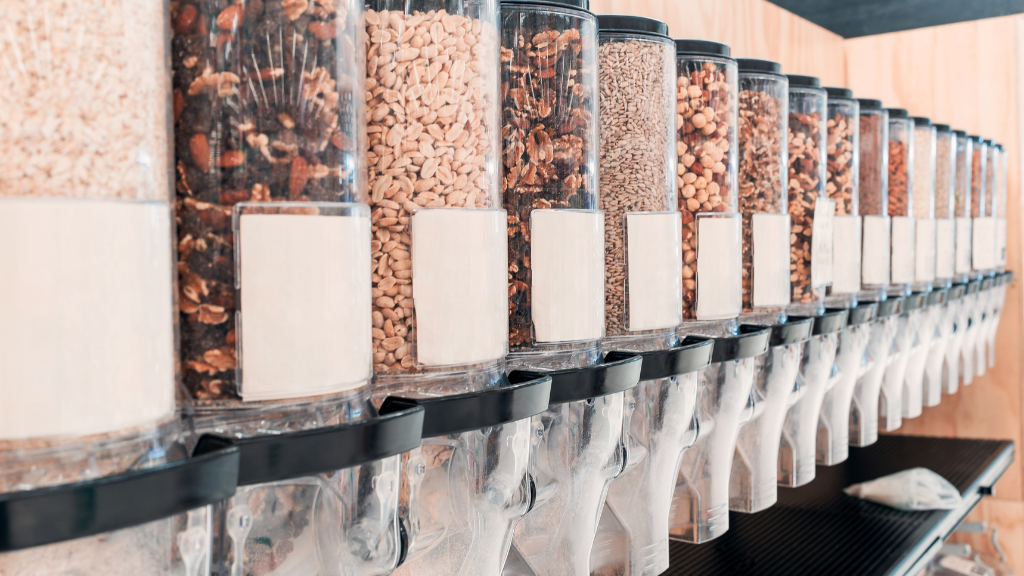
Buying essential products in bulk can make a major difference in your spending and waste production. Since you will be buying the same product but in a larger container, you will reduce the amount of packaging waste you produce.
Moreover, buying in bulk also means that you will need fewer trips to the store and refilling them, which also means that you will save time and fuel for shopping.
As an added bonus, most brands actually encourage you to buy large portions instead of smaller ones, which means your bank account will also benefit from this habit. However, knowing what to buy in bulk and when to buy in bulk is also pretty tricky, and we will talk more about how to plan your shopping to benefit the most from this in the later part.
2. Get Rid Of One-Time-Use Products

Single-use products are convenient, but they also contribute to the garbage and pollution of our planet, especially after COVID-19. Before COVID-19, some of the most popular single-use products were napkins, straws, and paper towels, but since COVID-19 we have also seen single-use medical masks, gloves, etc., which all add to the ever-growing landfills.
Changing this should not be a big problem, since all we have to do is find reusable alternatives to the single-use products. For example, instead of plastic straws, we can use metal or stainless steel straws, or when buying a cup of coffee, instead of using the plastic cup from the coffee shop, we can bring our own reusable container. Hey, if you get lucky, some coffee shops actually offer a discount for those who bring their own cup.
3. Avoid Plastic
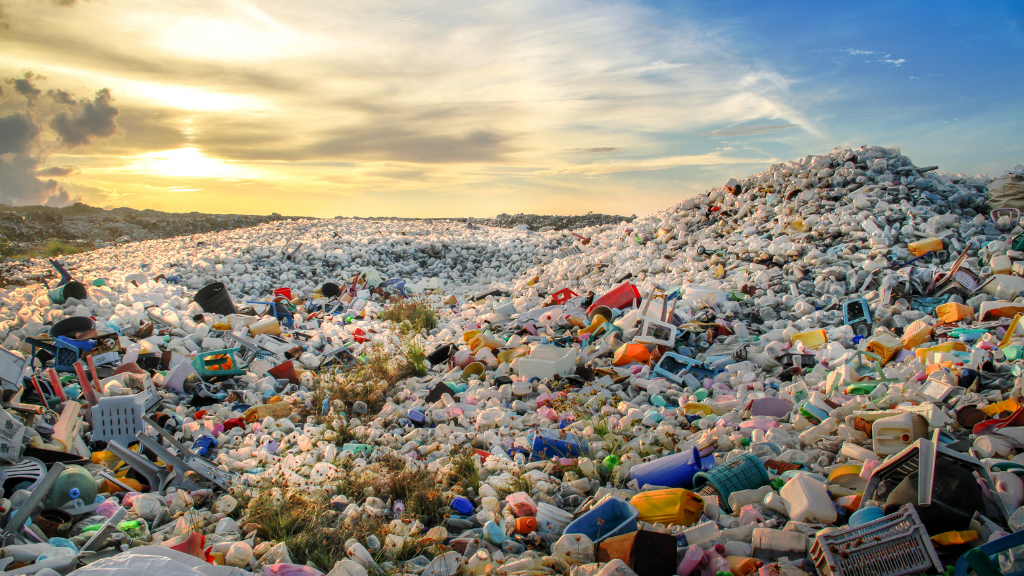
Much like single-use products, plastic is a main contributor to waste and landfills, but what is worse is that it takes ages for plastic to degrade. Moreover, getting rid of plastic is much harder than getting rid of single-use products. Due to its availability, cost, and versatility, plastic is seen everywhere. Most of our meat and vegetables are wrapped in plastic, and the majority of our goods also have plastic packaging. There might be an argument that we can just buy eco-friendly products with paper or biodegradable packaging, but those products often cost more and thus are not affordable for most people.
4. Create A Shopping List
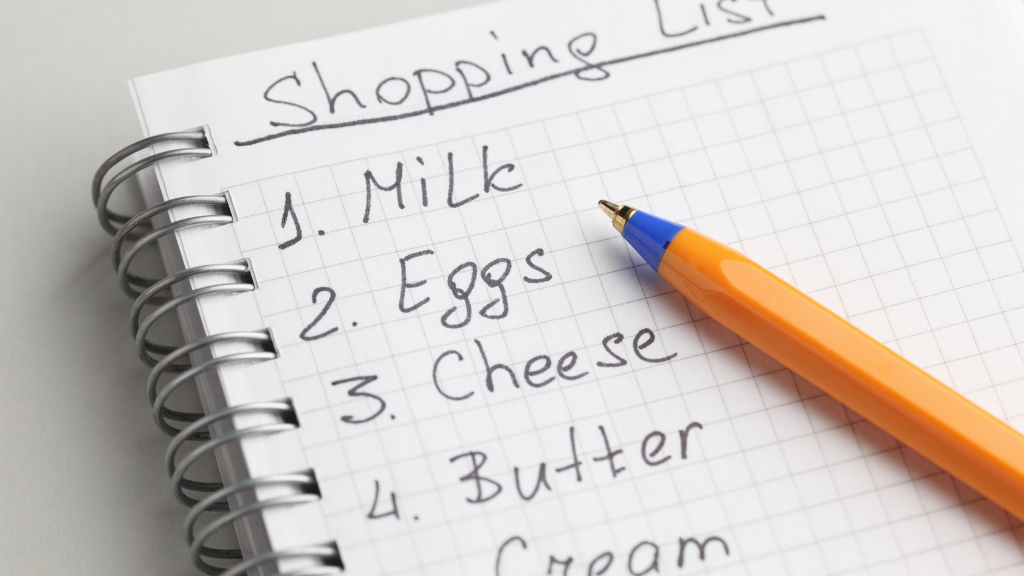
Shopping without a shopping list can make you end up buying things you don’t actually need. Therefore, it’s important to create a shopping list before your next shopping trip, so that you will only buy what you need and not waste time browsing aisle after aisle buying what you don’t really need.
Another benefit of having a shopping list is that you’ll know exactly which items need to be refilled regularly.
By filtering out those items, you can plan ahead, buy them when they are on discount, or buy in bulk, so that you will save both time and money.
5. Invest In Reusable Products

One of the best ways to reduce your waste is to invest in reusable products. These can be reusable cups, mason jars, cloth shopping bags, rechargeable batteries, etc. Reusable products might have a higher price, but in the long run, they can help you save quite a lot, plus they have a more positive impact on the environment as they are less likely to end up in landfills.
6. Reducing Waste
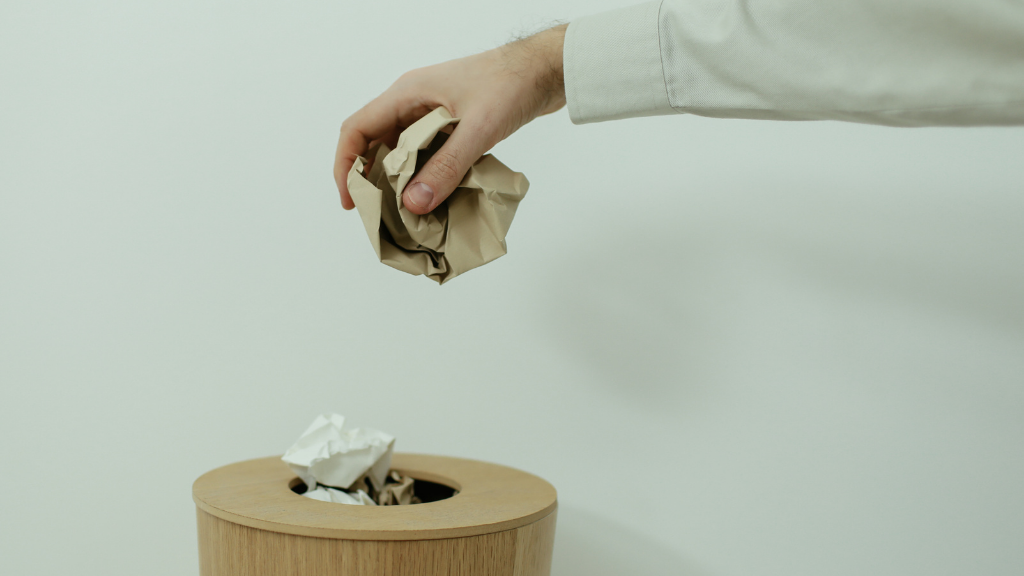
Reducing your waste might seem obvious, but are you confident that you know how to do it effectively? In order to reduce your waste, you have to know exactly where it comes from, what habits lead to it, and how to cut down on each specific waste type. One way to do so is to monitor your waste.
By monitoring and taking notes of where your waste comes from, you can easily find the areas or habits that need improvement to reduce waste production. For example, e-waste is a big problem that tends to get overlooked. If you think that e-waste is your problem maybe invest in better electronic devices or consider an e-waste recycling program to cut down on your e-waste.
7. Support Local Farmers
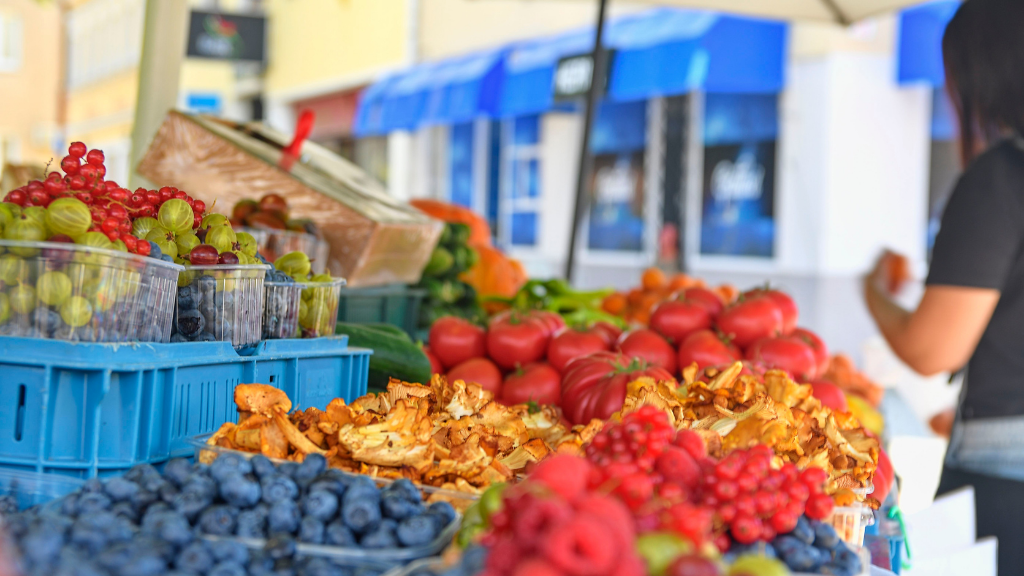
The food from your local region will definitely taste better, fresher, and cheaper than food from the mall. Besides, local food won’t need too much protection, which means that they do not have plastic wrap, so you are hitting two birds with one stone here.
8. Grow Your Own Food
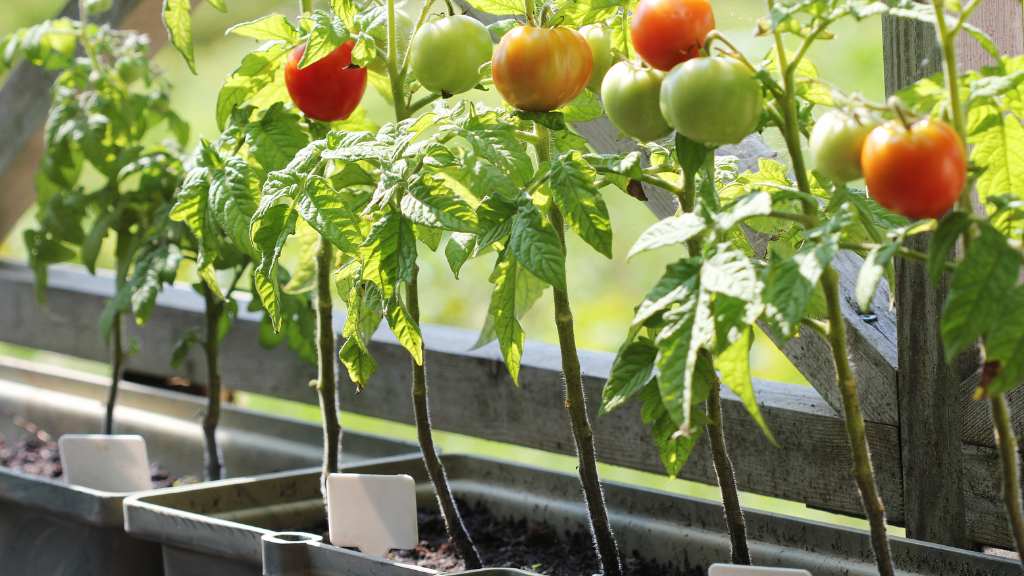
To take the previous tips to the next level, instead of buying them, you can actually grow your own food. This is actually pretty easy, all you need is to prepare the soil, pots, and quality seeds, and you are ready to go. Some plants don’t actually need much care, like herbs, potatoes, tomatoes, carrots, etc.
If starting to plant on your own seems too much hassle, you might consider having a community garden with your neighbors, so that you can mutually take care of each other’s gardens and enjoy their wonderful benefits.
9. Buy Second-Hand Product
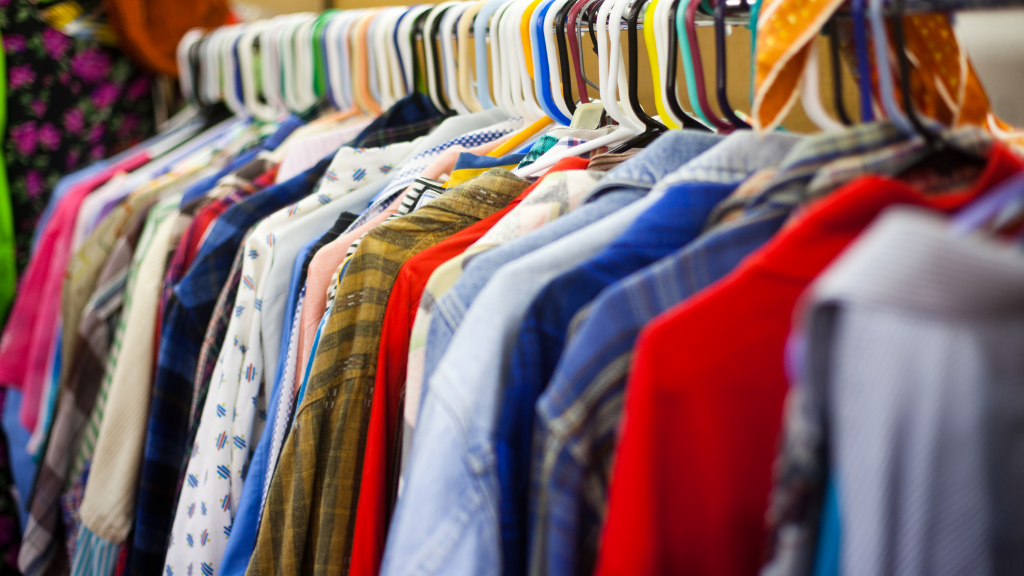
Thrifting is a great way to reduce waste and reuse pre-existing garments. Instead of spending huge amounts of money on brand-new, trendy clothing, you can invest in timeless and quality garments at much cheaper prices. Other than clothing, thrift shops also have decorations, household items, etc., that you can buy to reuse, repurpose, or renovate them.
10. Use Public Transportation
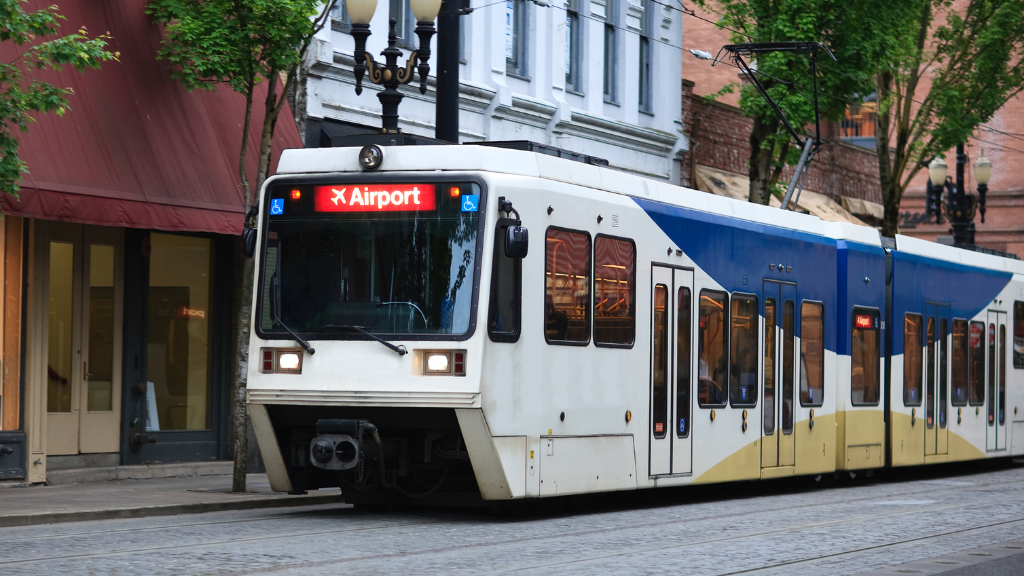
If you can, opt for public transportation instead of your personal vehicles because reducing your carbon emissions is also an important part of zero-waste. Depending on where you live, you can choose to go by metro or bus.
If you are on a short trip, then maybe try walking or using public bicycles. Many sustainable cities set up rent bicycles around the area so that people can rent them and travel.
Zero Waste Tips For Beginners And Advanced Practitioners
Now that you have some general steps and principles to start zero-waste living, here are some tips for beginners and advanced practitioners. These tips are not mandatory, but rather suggestions and examples that you can adapt to your own situation and preferences.
Zero Waste Tips For Beginners
- Start with one area at a time: Trying to go to zero waste all at once can be overwhelming and discouraging. A better approach is to start with one area of your life at a time, and gradually make changes as you go. For example, you can start with your kitchen, where you can swap paper towels for reusable clothes, buy in bulk with your own containers, and compost your food waste. Then, you can move on to your bathroom, where you can switch to bar soap, shampoo, and conditioner, use a bamboo toothbrush and a menstrual cup, and make your own cleaning products. And so on, until you cover all the aspects of your life, such as your wardrobe, your office, your travel, and your hobbies.
- Do your research and find alternatives: One of the challenges of zero-waste living is finding alternatives to the products and services that we are used to, especially if they are not widely available or affordable in our area. That’s why it’s important to do your research and find out what options you have. You can use online resources, such as blogs, podcasts, books, and documentaries, to learn more about zero waste and get tips and ideas.
- Learn from zero-waste examples from around the world: If you are looking for some inspiration and motivation to start or continue your zero-waste journey, here are some amazing zero-waste examples from around the world: Bea Johnson, Lauren Singer, Rob Greenfield, Marie Kondo, …
Advanced Zero Waste Tips
- Make your own products: This will help you avoid buying products that come in plastic or non-recyclable packaging. You can make your own products, such as toothpaste, cleaning products, and more, using simple, and affordable ingredients. Making your own products will help you save money, reduce waste, and customize your products to your preferences and needs.
- Go paperless. You can go paperless by opting out of junk mail, and bills, and switching to digital versions instead. Going paperless will help you save trees, space, and money, and make your life more organized and efficient.
- Travel sustainably: Traveling sustainably will help you have a more authentic, meaningful, and enjoyable travel experience, and make a positive difference in the world. If you want some tips on travel sustainably, be sure to check out our recommendations on ways to reduce your carbon footprint.
Conclusion
There you have it, these are all the ways you can start your zero-waste journey today. You don’t have to do all these 10 right away, in fact, we recommend taking up one method and doing it consistently before moving on to the others.
Remember, consistency is key to any hobby. We hope that after reading this, you will know how to start zero-waste for a more sustainable future.









